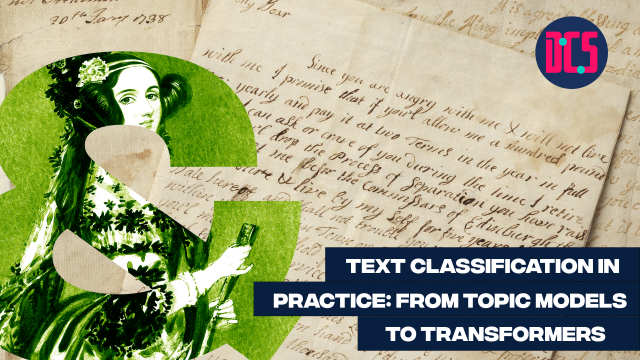Silent Disco: Creating Choropleth Maps with Python and Folium

Online
This tutorial shows how to build interactive choropleth maps using Python and the Folium library. It covers loading and joining geographic data with tabular datasets, addressing visualisation challenges like skewed distributions, and enhancing maps with interactive elements and information popups—then saving your work as shareable web maps.
The workshop will take place via Microsoft Teams in a ‘Silent Disco’ format. Participants will work on the tutorial at their own pace. The facilitator will be available via Teams Chat to reply to any questions that arise during the workshop, and to help with installation, troubleshooting or other issues.
This course will be taught by Somya Iqbal.
After taking part in this event, you may decide that you need some further help in applying what you have learnt to your research. If so, you can book a Data Surgery meeting with one of our training fellows.
More details about Data Surgeries.
Those who have registered to take part will receive an email with full details on how to get ready for this course.
If you’re new to this training event format, or to CDCS training events in general, read more on what to expect from CDCS training. Here you will also find details of our cancellation and no-show policy, which applies to this event.
Level
This workshop requires some prior knowledge in working with Python and specifically with Pandas to wrangle datasets. Some previous knowledge of Geopandas (Pandas extension to work with geographical data) and Folium (to create Leaflet maps) is not required, but can make following the tutorial easier. If you want to learn the basics of Python, you can take our introductory course Getting Started with Python for Research.
Learning Outcomes
- Construct and join geospatial datasets by merging attribute data with geometric boundaries
- Identify and manage visualisation challenges — such as uneven data distributions
- Enhance and export interactive maps: add informative pop-ups or hover details, and save your choropleth visualisations as shareable HTML web maps
Skills
By attending this course, you will familiarise yourself with the following skills
- Data integration and processing: load, clean, join tables with geographic shapefiles using pandas and GeoPandas
- Visual design for spatial data: apply data normalisation and colour mapping techniques to accurately represent per-capita or rate-based metrics
- Interactive map creation: build rich, user-friendly web maps with Folium, including info popups and interactivity, then export them as HTML for sharing
Explore More Training
- Digital Method of the Month: Data Visualisation
- Intro to Geographical Data with QGIS
- Digital Method of the Month: Geospatial Data and GIS
- Silent Disco: Working with Named Places: How and Why to Build a Gazetteer












